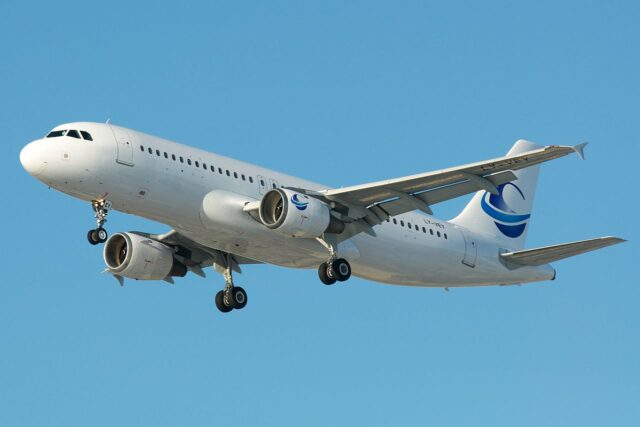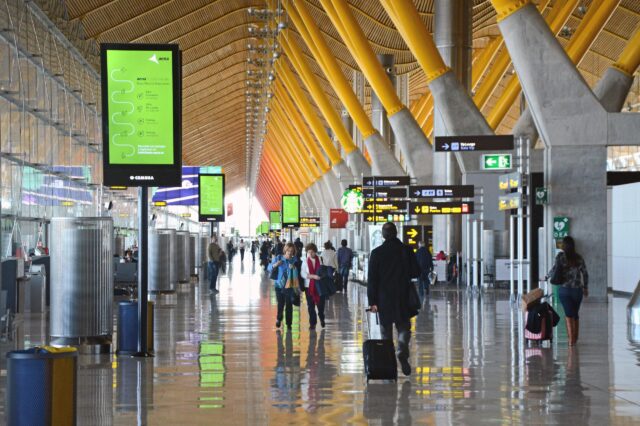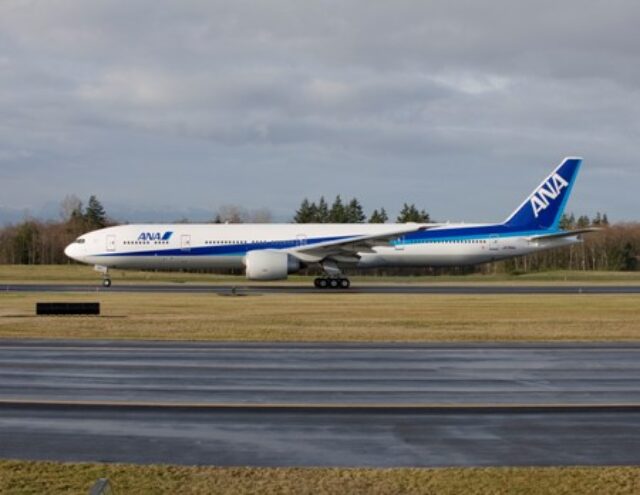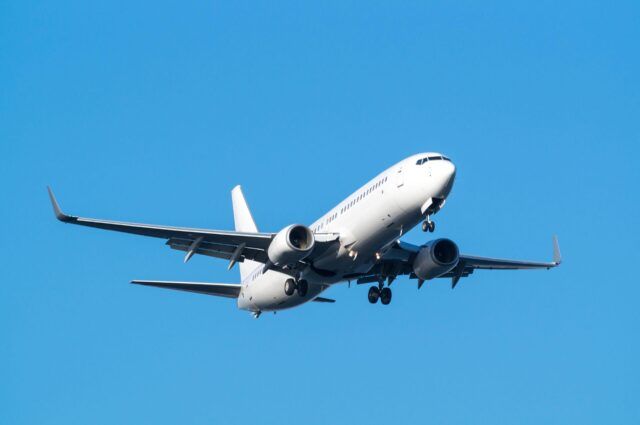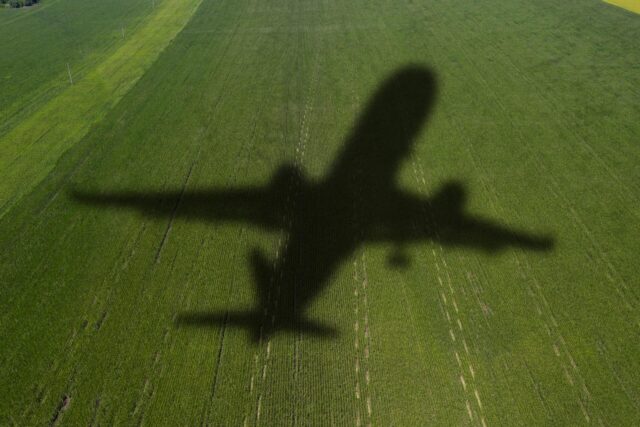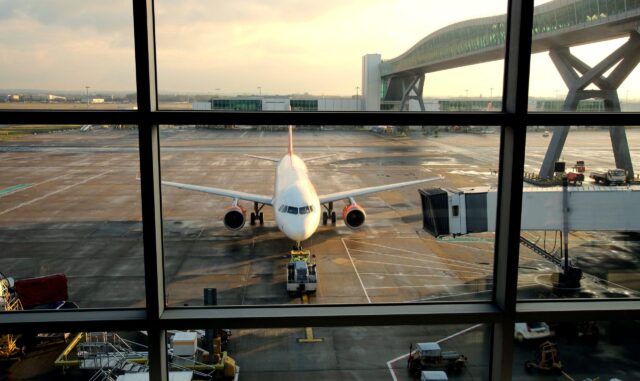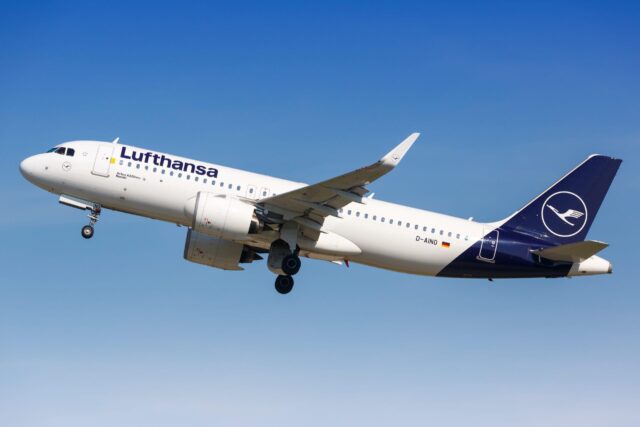IATA outlines priorities for ground handling sector

May 13, 2025

With ground handling leaders gathered in Nairobi for the International Air Transport Association (IATA) Ground Handling Conference, the industry trade body is ramping up efforts to improve ground handling operations.
IATA has highlighted safety, standardisation, sustainability and baggage handling as its top priorities, with Monika Mejstrikova, IATA’s director of ground operations, underlining that as the complexity of today’s operating environment increases “the industry must come together to embed safety in every action, accelerate global standardisation, and build a more sustainable and inclusive way forward.”
IATA’s priorities reflect a strategic push to reduce risk on the ramp by turning incident data into actionable change.
“For the first time, we’ve included ground-related fatalities involving aircraft in our global safety taxonomy,” said Mejstrikova. “This gives us a clearer picture of the risks – and the data to act on them. The message is clear: the more data we share, the safer we become,” she continued.
Using data to improve safety
Data from IATA’s Incident Data Exchange (IDX) and Accident Data Exchange (ADX) are at the heart of this safety drive. Through the analysis of submitted safety reports, IATA has already issued targeted updates to safety procedures in the Ground Operations Manual – the industry’s core reference for ground handling standards. These include: clearer no touch zones; mandatory brake checks; safer pushback procedures; and improved protocols for aircraft with inoperative Auxiliary Power Units (APUs) or hot brakes; improved fire safety; chock placement; and sensor requirements.
The wider adoption of ground service equipment (GSE) equipped with proximity sensors has also been identified as a game changer for ramp safety. “It’s a clear example of how smarter equipment leads to safer operations,” said Mejstrikova.
Standardised processes and baggage handling
With the global standardisation of processes recognised as the cornerstone of safe, reliable and efficient ground handling operations, IATA is also reinforcing this principle by enhancing two of its flagship tools: the IATA Ground Operations Manual (IGOM) and the IATA Safety Audit for Ground Operations (ISAGO).
Mejstrikova also called for enhanced baggage operations, which she said are “central to the passenger journey,” as she referenced the 10-year Global Baggage roadmap which is focused on digital messaging, end-to-end tracking and automation.
Sustainability and inclusivity
Concluding that building a sustainable and inclusive way forward is also a key priority, IATA has acknowledged that electrifying GSE can cut emissions by up to 48% per turnaround and in support of this has published guidance covering operational planning, battery management, infrastructure readiness and safety.
Ensuring accessibility is embedded across the industry was also underlined as an industry priority. In line with this, IATA is working with regulators and manufacturers to improve handling guidance for over 400 types of mobility aids – many powered by lithium batteries.


